It is possible that commercial aviation may move in the direction of having only one pilot in the cockpit, but it is unlikely to happen in the near future. The decision to reduce the number of pilots on a flight is usually driven by cost savings, but safety is always the top priority in aviation.
Currently, most commercial airlines have two pilots in the cockpit for a number of reasons. Firstly, having two pilots allows for better situational awareness and decision-making in the case of an emergency. Secondly, it provides a backup in the event that one pilot is unable to perform their duties, ensuring that the flight can continue safely.
While advances in technology, such as automation and artificial intelligence, have made it possible to consider the possibility of a single pilot operation, the aviation industry has been cautious in making changes to long-established safety practices.
Before any major changes are made, the aviation industry will need to conduct extensive testing and analysis to ensure that a single pilot operation is safe and feasible. This process is likely to take many years, and it will involve input from multiple stakeholders, including pilots, airlines, and regulatory agencies.
The concept of a completely unmanned commercial aircraft, also known as a drone, has been a topic of discussion in the aviation industry for many years. However, the idea of a completely unmanned commercial flight without a pilot on board is still some way off from becoming a reality.
There are many technical, regulatory, and safety challenges that must be overcome before commercial flights can operate without a pilot. Some of these challenges include:
- Technology: Developing the technology to fly an aircraft without a pilot is extremely complex and requires a high level of reliability and redundancy.
- Regulation: There are currently no global regulations in place for the operation of unmanned commercial aircraft, and it will take time to establish a framework that ensures the safety and security of passengers and the public.
- Safety: Ensuring the safety of passengers and the public is the top priority in aviation, and it will require extensive testing and analysis to demonstrate that an unmanned commercial flight is safe.
In conclusion, while the idea of a completely unmanned commercial flight is intriguing, it is still some way off from becoming a reality. The aviation industry will continue to prioritize safety, and any changes to established practices will be made only after careful consideration and thorough testing while it is possible that commercial aviation may move towards a single pilot operation in the future, it is unlikely to happen in the near term.
